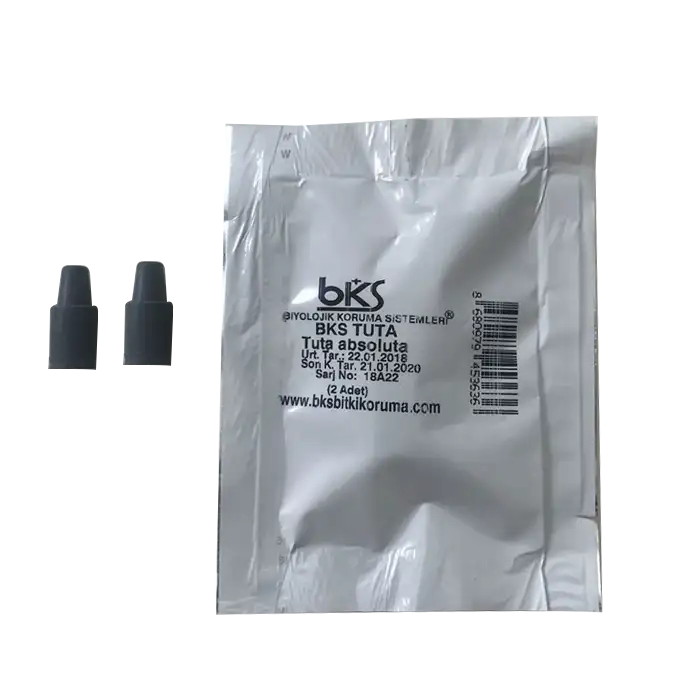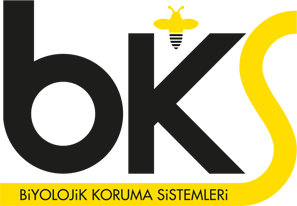
Use of Pheromones in Pest Control in Agricultural Production
Pheromones can be synthesized chemically and used as attractants in traps. The most important part of the trap is the apparatus that carries this attractant. This mimics the sexual scent of the female insect and lures the male individuals into the trap. Pheromones are species-specific, and males are attracted only by this scent, which is secreted by females of their own species.
Pheromones Usage Types:
For Observation (monitoring) Purposes:
Pheromone traps can be used for monitoring or observation purposes. Several traps are placed in the viewing area. By counting the insects caught during a certain period, information about the presence of the harmful insect, flight efficiency and intensity can be easily obtained. Based on this information, the spraying threshold and time are easily determined.
For Mass Capture (combat) Purposes:
With pheromone traps used for mass capture, target pest density can be significantly reduced. Mass trapping is a healthy and effective method for reducing the damage caused by insects and future generations or keeping them at an acceptable level. It helps to protect the plant from pests without the need for the use of drugs and without polluting the environment. Because pheromones are species specific, they have no adverse effect on harmless or beneficial insects.
Pheromones can be used in conjunction with water trap or delta type sticky traps. It can be used from planting in greenhouse and open field vegetable growing.
For observation purposes, 1 piece per 3 decares, if for mass capture; 4-5 traps are used per decare.
The service life of pheromones is 6 to 8 weeks, depending on the ambient conditions, and should be replaced with new ones at the end of this period.
